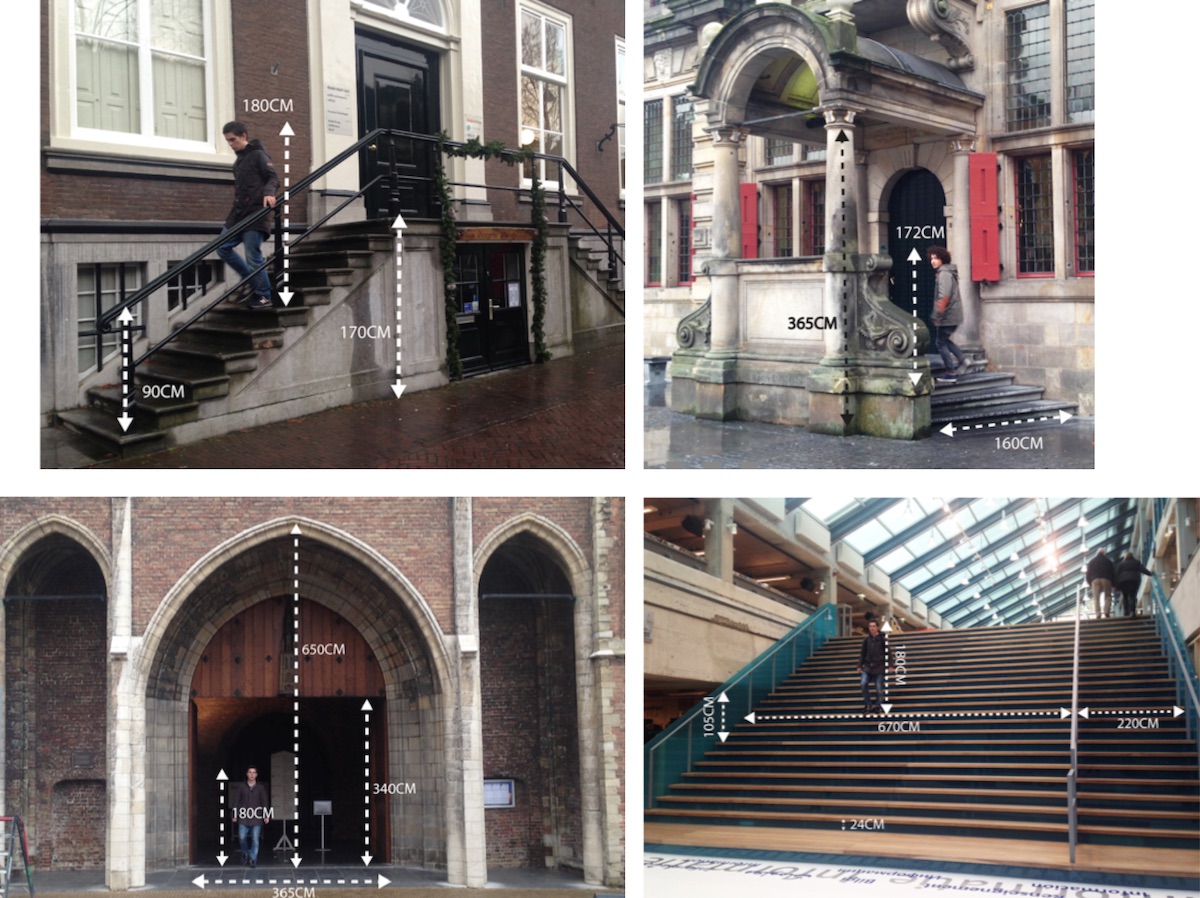4.3.2 Challenge and Steps
Course subject(s)
Module 4 – Scale and Context
This modules’s challenge is to apply your ‘guiding theme’ to a small portion of your design.
Step 1. Choose a part to focus on. This part could be for example the entrance, stairs or a veranda. Look for a part of the house where something important happens and try to make it characteristic and exemplary for the house as a whole. There is no time to design everything, so focussing on one detail is a good strategy, because it defines many further decisions that are beyond the scope of this course. Choose a part where the human dimension is prominent, so it becomes a key factor for decision-making. For example, if you focus on the entrance, the space should accommodate the action of greeting one another, removing/putting on shoes, coats, bags etc.
Step 2. Take a moment to ponder. How can you express your guiding theme in the details for the part that you will focus on? Maybe this relates to the choice of materials for the detail or it relates to your findings from Week 3, in which you focussed on the bigger contextual aspects.
Step 3. Research ergonomics. Do some extra research about the human sizes and functional dimensions related to the space of your choice. To study sizes you can go and look at similar spaces. For example, you could look at stairs and measure the height and width of the steps. Or if you are designing a porch, you could look at examples of other porches and the dimensions they use in order for it to be convenient and pleasant. Take into account that some spaces needs to be dimensioned for extreme use cases, such as during a party, or when a disabled person needs to enter the house. Take a few pictures of the real life spaces and details that you measured and annotate the pictures with your findings. Here is an example:

Step 4. Collect materials and sketch the details for your design. Use simple materials like sticks, paper and involve a precisely drawn scale figure in your sketches. Take notes, for example by taking pictures of some of the options.
Step 5. Make one small but precise detail of your design. It can be flat like the roof example, or you can make it spatial like in the next example on Weebly.

Models in Architecture by TU Delft OpenCourseWare is licensed under a Creative Commons Attribution-NonCommercial-ShareAlike 4.0 International License.
Based on a work at https://ocw.tudelft.nl/courses/models-architecture-design-physical-digital-models/.



